Flag Domino, a seemingly simple game with familiar rectangular chess pieces, but contains strategic depth and irresistible appeal. Not only is it an entertaining game, chess is also an intellectual sport, training logical thinking, judgment and acumen in each move. In this article, SLIVP will explore with you the interesting world of chess, from basic rules, attractive variations, effective playing tips, to the current booming trend of online play.
Explore the world of Dominoes from basic to advanced
Dominoes has a long history and is loved around the world. To start your journey to conquer this game, let’s learn the most basic knowledge:

Chess set
A standard chess set includes 28 rectangular chess pieces. Each chess piece is divided into two parts, each part has from 0 (empty) to 6 dots (called “pips”). However, on today’s market, you can easily find expanded chess sets with a larger number of pieces, up to 55 pieces (double-nine) or even 91 pieces (double-twelve), bringing new and more complex challenges.
Chess rules
Chess rules The basics are very easy to grasp. Normally, each player will be dealt a certain number of chess pieces (commonly 7 pieces). The first player will place a piece on the table. The next players take turns placing their chess pieces so that one end of the chess piece has a number of dots that matches the number of dots at either end of the string of chess pieces arranged on the table.
In case there are no suitable pieces, the player must draw more pieces from the face-down pile of cards (usually called “picking” or “drawing”) until they find a piece that can be played. The game continues until one player runs out of pieces or no one can continue, then the game ends and scoring begins.
Arrange and play chess
Each Domino game Start by shuffling and placing the pieces face down on the table. Players will take turns choosing (or being randomly assigned) a certain number of chess pieces. The first move is usually decided by the player holding the highest piece (e.g. double-six).
During the game, you need to:
- Observe meticulously: Remember the pieces that have been played, especially the opponent’s pieces.
- Calculate carefully: Choose the pieces to play to both create an advantage for yourself and limit your opponent’s opportunities.
- Predict tactics: Try to predict your opponent’s strategy based on the pieces they have played.
How to calculate points and win regulations
Dominoes doesn’t just stop at the basic rules of the game. There are many interesting variations with different scoring methods and game rules, bringing new experiences to players.
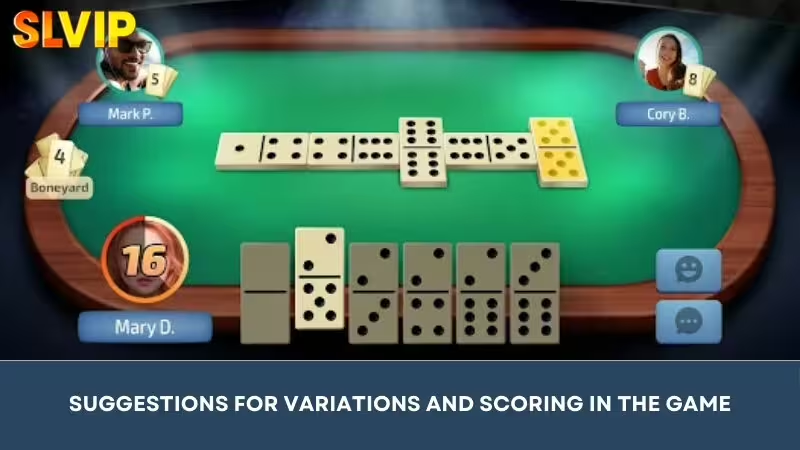
Popular variations
- Traditional domino: This is the most popular type of game, using a 28-piece (double-six) chess set. The player wins when he plays all the chess pieces first and receives points based on the total number of dots on his opponent’s remaining chess pieces.
- Draw Dominoes: Similar to the Traditional way of playing, but the player must draw more cards from the face-down pile of cards if there is no valid move.
- Mexican Train Dominoes: Using a double-twelve or double-fifteen chess set, each player builds his own “train”, and can play on the table’s common “train”.
How to calculate points
The scoring method in chess is as diverse as its variations. Below are some common scoring methods:
- Calculate points based on the remaining dots: The player who runs out of chess pieces first will win and receive points equal to the total number of dots on the opponent’s remaining chess pieces.
- Scoring after each move: In some variations, the player scores after each move based on the total number of dots at both ends of the string of pieces on the board (usually a multiple of 5).
- Bonus points: Some variations have rules for bonus points when players play special pieces (e.g. doubles).
Chess strategies are the secret to becoming a master
To win at Domino, you need to skillfully combine observation, calculation skills and a little luck. Here are some effective tactics:
Control the game
Controlling the game means you proactively create many directions and options for yourself in each move. At the same time, try to minimize your opponent’s moves, leaving them in a deadlock without many options. To do this, you need to carefully observe the pieces you have played, predict the pieces your opponent may be holding and choose the appropriate pieces to both open your path and “lock” the opponent’s path.

Remember the pieces you played
Memorization is an important skill in Domino, it helps you improve your judgment and build effective strategies. Remembering the pieces that have been played, especially high-value pieces or double pieces, will help you deduce which pieces your opponent has in hand. From there, you can adjust your strategy, choose the right move to block your opponent’s path or create an advantage for yourself.
Use the “double” piece appropriately
“Double” pieces often play an important role in Domino strategy. They can be used to create strategic turning points, open up new directions or effectively stop opponents. Therefore, you need to use them wisely and at the right time.
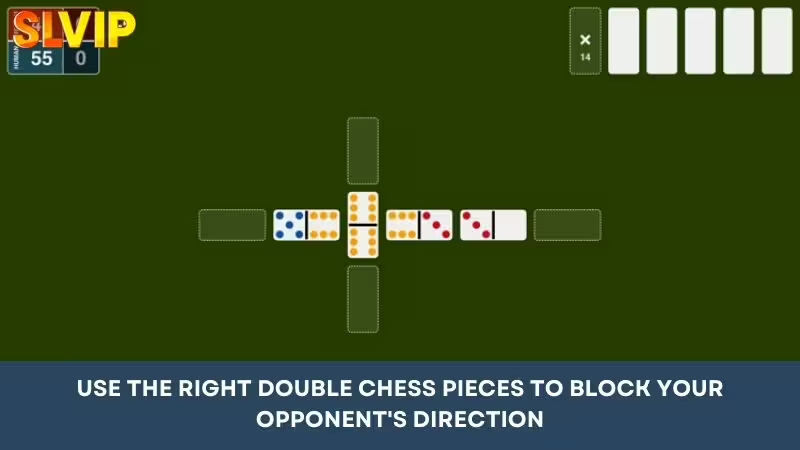
Diversify tactics
A good chess player will never be constrained by a single strategy. Be flexible in changing your tactics depending on the specific situation of the game, your opponent’s playing style and the pieces you have in hand. Don’t be afraid to experiment with new moves and different combinations of pieces to create surprise and gain advantage.
Conclude
Dominoes is a fascinating intellectual game, bringing exciting moments of entertainment and useful intellectual challenges. Whether you are a beginner or an experienced player, chess always has something new for you to discover. And don’t forget, visit Reputable betting site like SLVIP is also a great place for you to learn more about effective variations and tips.
 KM Cards – The ultimate entertainment betting hall for everyone
KM Cards – The ultimate entertainment betting hall for everyone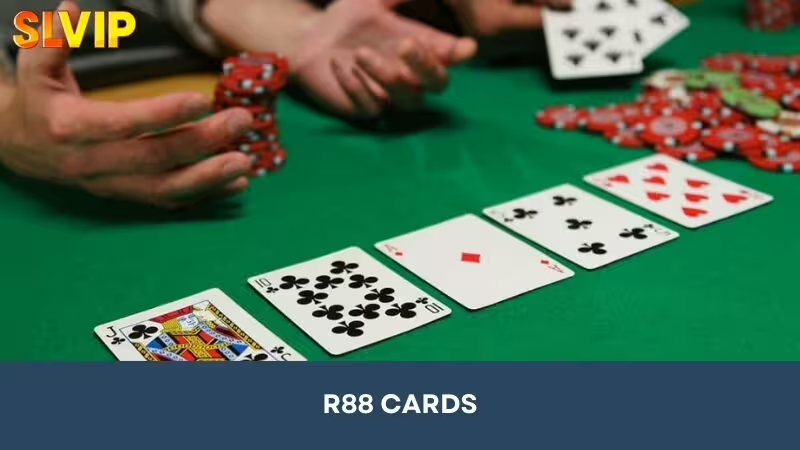 R88 Cards – Learn about betting lobby information for newbies
R88 Cards – Learn about betting lobby information for newbies V8 Cards – Experience the world of entertainment in the Philippines
V8 Cards – Experience the world of entertainment in the Philippines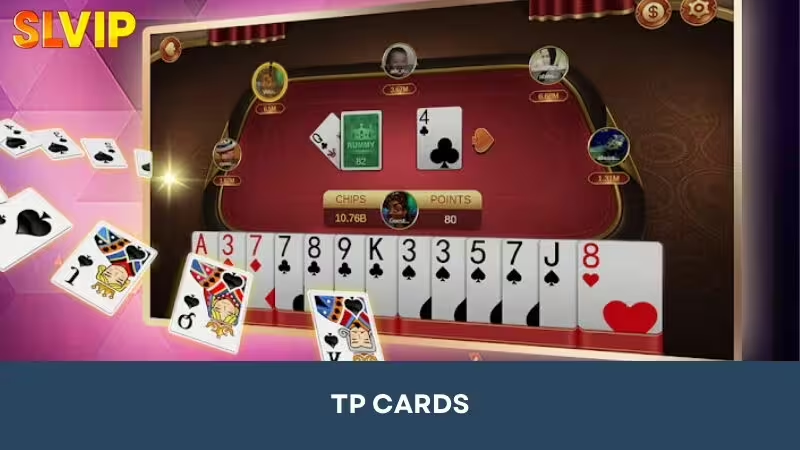 TP Cards – Entertainment space with a variety of games
TP Cards – Entertainment space with a variety of games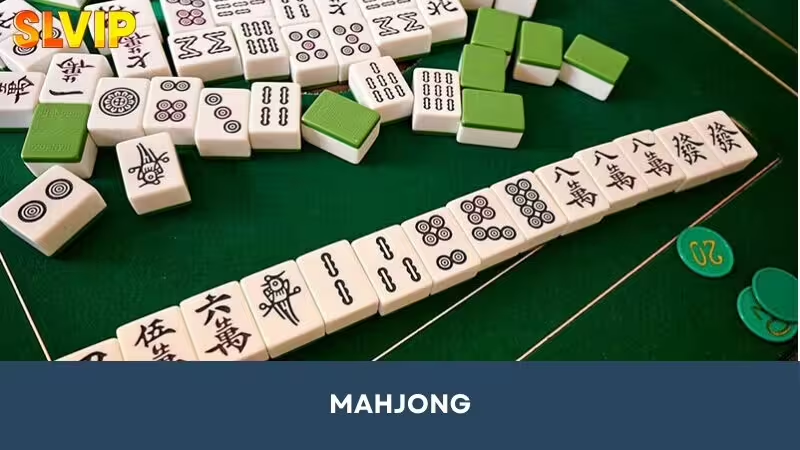 Mahjong – Attractive Card Game of Reasoning
Mahjong – Attractive Card Game of Reasoning Instruction How to Play Lieng for New Players?
Instruction How to Play Lieng for New Players?